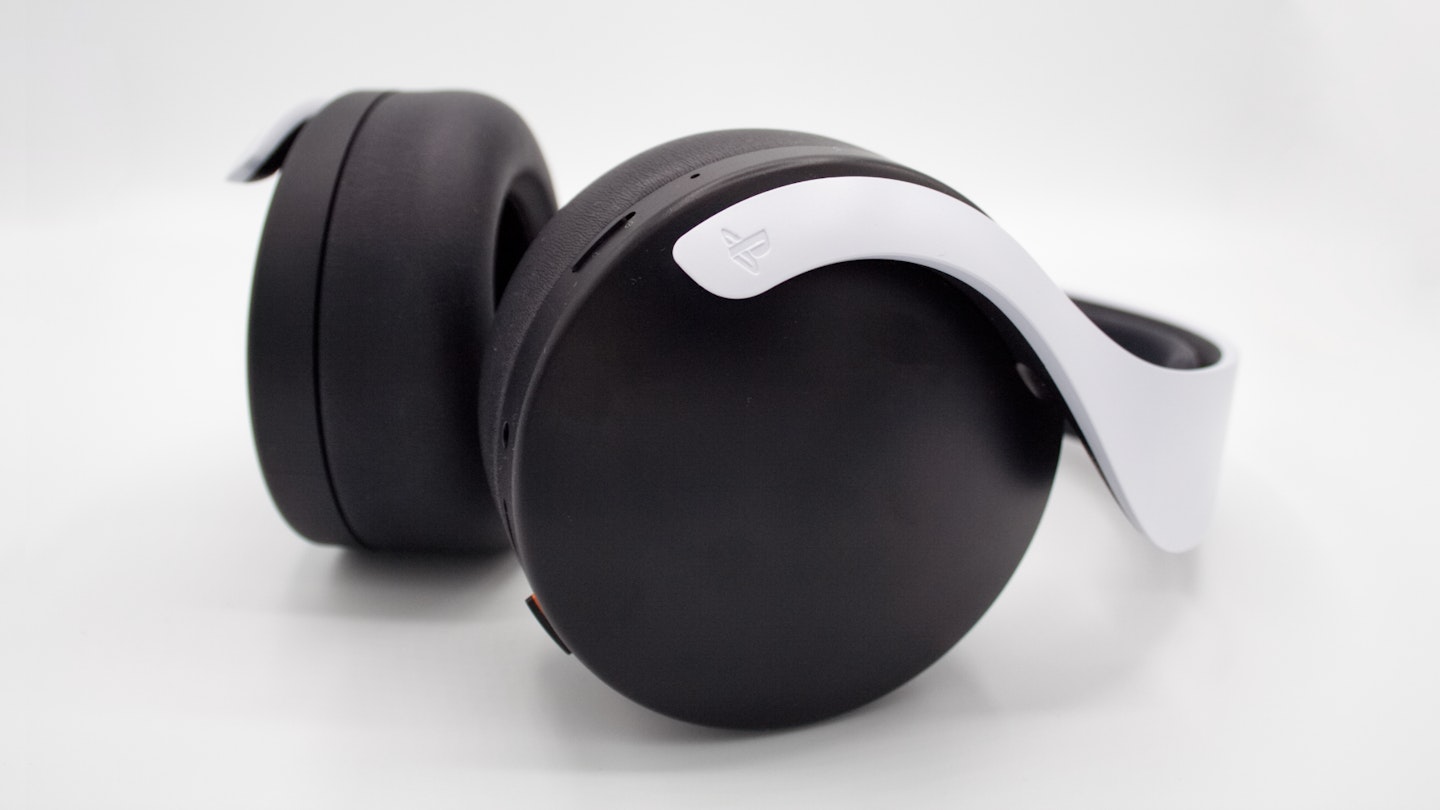The Sony PULSE 3D Wireless Headset was revealed in 2020 as part of Sony’s new generation PlayStation console and peripheral range. It’s a pair of headphones designed to make the most of the immersive Tempest 3D AudioTech carried by the PlayStation 5, placing the player at the centre of the action.
In addition to a distinctly PlayStation 5 aesthetic and tuned audio drivers, the headset features onboard controls, dual hidden microphones and wireless connectivity via a USB transmitter.
As an avid gamer and audio enthusiast, What’s The Best’s William Lobley put his own money on the line, picked up his very own set and put it to the test. Here’s what he found out about these Sony headphones.
Note: This review was originally published in April 2021.
Summary review of the Sony PULSE 3D Playstation headset: Despite its divisive PlayStation 5 aesthetic, the PULSE 3D headset boasts top-tier build quality with a sturdy, plastic construction. While the design is bold, comfort becomes an issue during extended gaming sessions due to warm, non-ventilated ear cups and a hair-pulling rubber head strap.
Audio performance shines with precise bass, clear mid-range, and exceptional dialogue clarity. The Tempest 3D AudioTech enhances the 3D sound experience, particularly effective in busy gaming environments. However, the headset lacks top brightness and clarity in music playback.
Onboard controls, dual hidden microphones, and a wireless USB transmitter provide convenience, but the large transmitter design is criticized. Despite the comfort drawback, the PULSE 3D headset stands out for its impressive gaming audio, making it a compelling option for gamers.
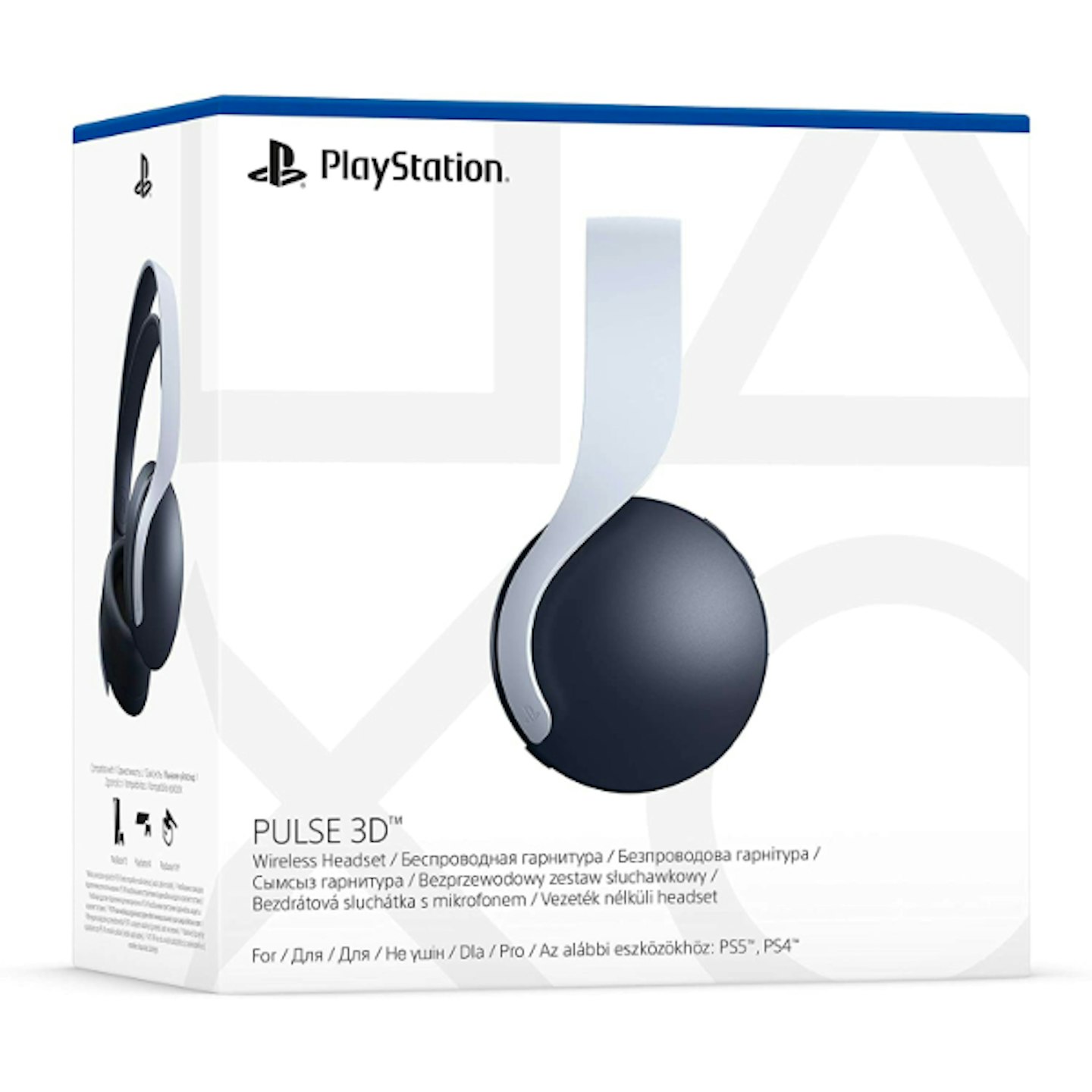
www.currys.co.uk
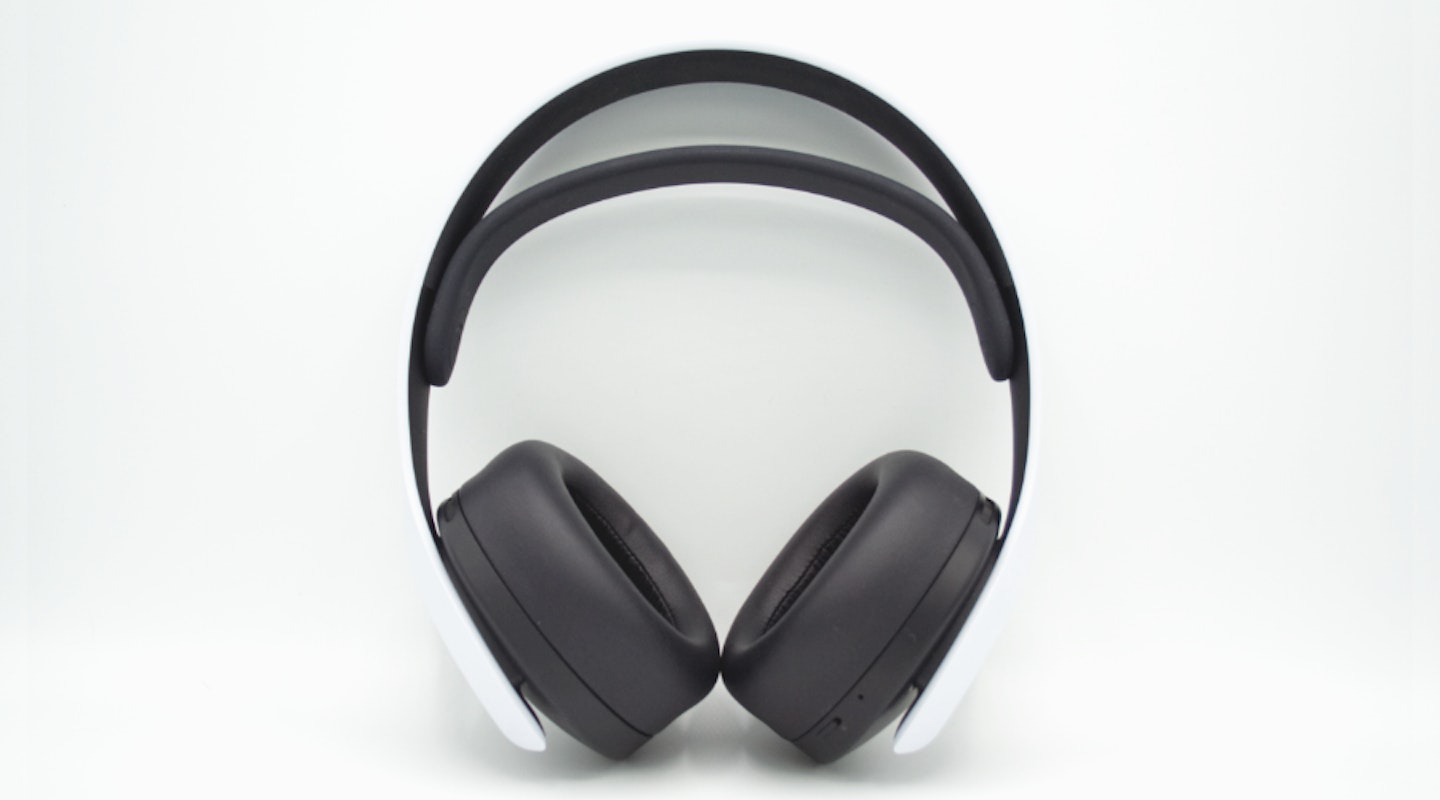
The Review
Unlike the PlayStation 5, the PULSE 3D headset doesn’t carry a premium price tag. Coming in comfortably under £100, it’s a positively modest offering that’s not much more costly than some PS5 games. Much like the accompanying console, the PULSE headset leans into a specific look - a look that is, at times, divisive, especially compared with the conservatively styled Microsoft Wireless Xbox Headset. Each to their own, but for me, the styling is a little too ostentatious. Happily, however, the build quality is top-tier.
Though plastic in construction, the PULSE feels robust and sturdy. Inside the rigid white band of the headset, there’s a thick rubberised head strap that shapes to the head to ensure optimum position and fit. The ear cups are filled with springy padding that isolates the ears from outside distractions and are covered in a supple synthetic leather-like material. In practice, the rubber band and ear cup design works well for shorter gaming sessions but are more uncomfortable during extended play. The pads are warm with next to no ventilation, and the rubber head strap pulls on the hair. One or two-hour gaming stints are acceptable, but if you plan on gaming all afternoon, you’re in for some discomfort.
Read more: The best gaming headsets | The best gifts for gamers
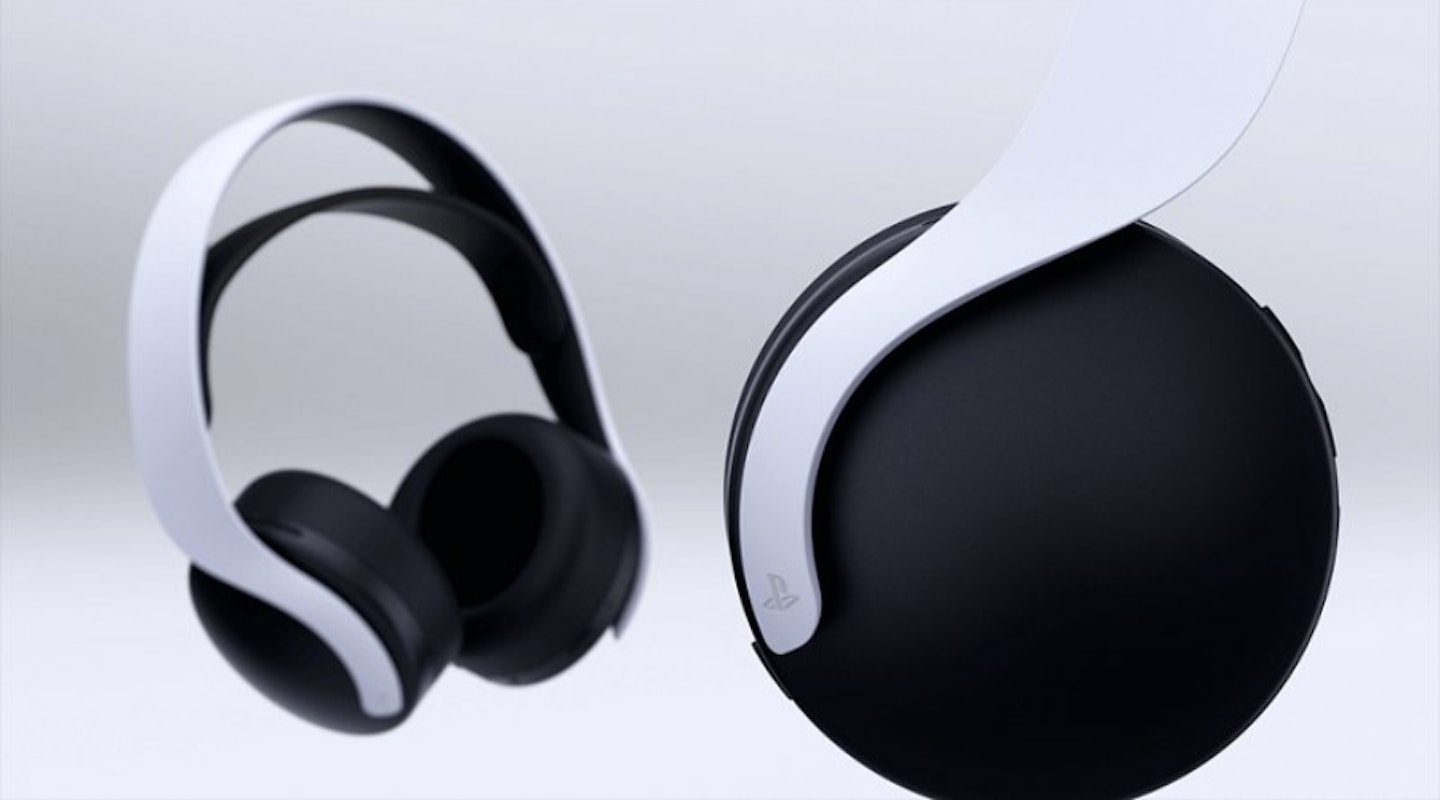
Audio
Yet, for putting up with the discomfort, you are rewarded with some perfect gaming audio. The PULSE has a thick and precise bass and low-mid response that adds plenty of weight and atmosphere to in-game audio without ever overpowering the mix. For example, in God Of War, Kratos’ Leviathan Axe lands with a palpable thud and crunch, while the higher clinks and chinks of incidental armour movement still carry through. Spider-Man: Miles Morales has so much personality that I doubt it sounds bad anywhere, but it sounds particularly sharp on the PULSE, which delivers the hustle of NYC, zips of webbing and bass-bouncing hip-hop soundtrack with power, accuracy and finesse.
Finessed, too, is the dialogue performance. The mid-range of the PULSE sits forward in the mix, leading to a clear and precise, realistic and articulate vocal performance across the board. Even Kratos’ demigod grumbling is discernable.
The excellent frequency performance of the PULSE is elevated even further by Sony’s Tempest 3D AudioTech. Now, this 3D sound is a feature of the console rather than the headset. But the sense of separation and space provided by the PULSE drivers allows the artificial surround tech to flex its muscles. After a few alignment tweaks in the console settings, the PULSE immersed me in the action.
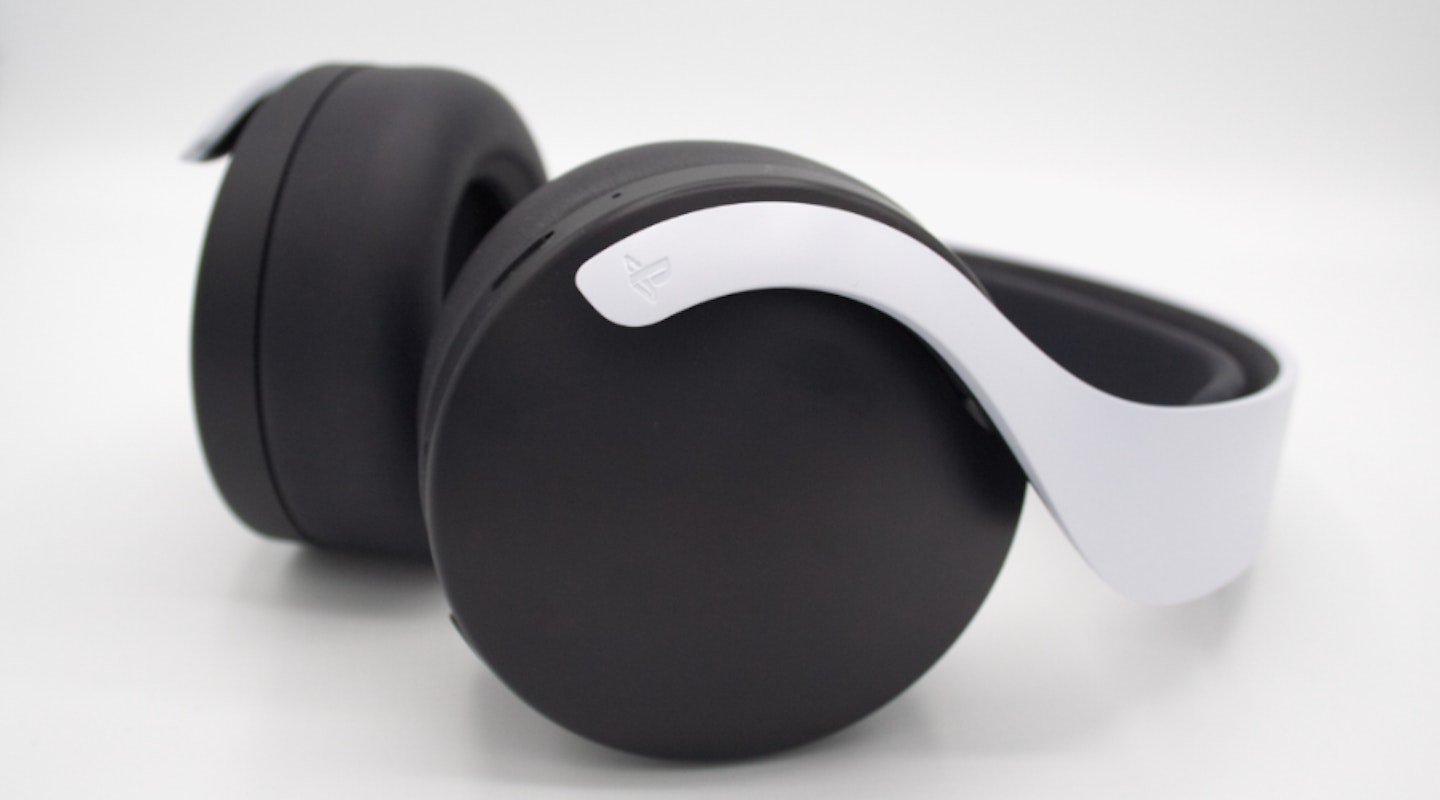
The 3D sound performance is particularly successful in busy environments. In Yakuza: Like A Dragon, treading the bustling streets of Injincho is a 3D audio delight, with commuter chatter, arcade machines and vehicles all nipping around with a perfect sense of location. When you, as Ichiban, start chatting with the crew, it feels like they are just over your shoulder.
Strangely, the PULSE does fall a little when it comes to music. I say strangely because in-game, the headset does a solid job - the OTT combat soundtrack of Like A Dragon is wonderfully energetic, and its more sentimental, acoustic-led moments are restrained and crisp. However, when listening to standard music, whether it's house, rock or electronica, the PULSE is missing that essential top brightness to bring out details and becomes a little muddled around the mid-section. But, as a primarily game-focused headset, this isn’t too much of an issue.
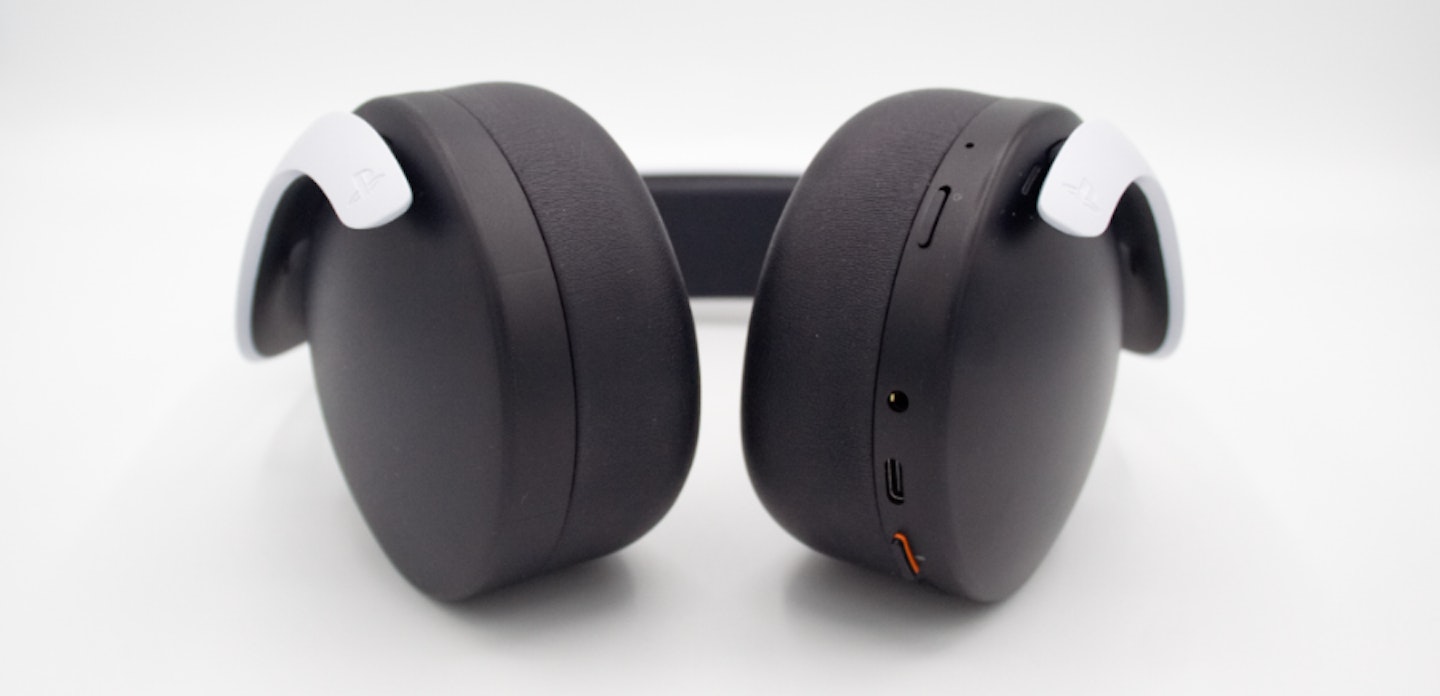
Related: The best 4K TVs under £500 | The best gaming chairs
Controls, wireless connection and the competition
The left earcup houses all of the onboard controls. Here you’ll find controls for the power, monitoring, mic mute, game and chat volume, alongside the USB-C charging port and 3.5mm port for wired connections. Once you can remember the switch positions, it’s a great system with a quick response time. Inside the body, there are two high-quality microphones for team chat. The battery life maxes out at 12 hours - a little low when compared to some of its competitors, but by no means unsatisfactory for a day of gaming.
The PULSE headset connects to the PS5 via a USB transmitter, which is also compatible with the PS4 and PC. It’s a simple plug-and-play setup, with the connection being established quickly on console boot. I was a little disappointed to see that the transmitter is so large and unsightly, especially considering the smooth, flowing lines at the core of the PS5’s design. I always have a USB-C cable plugged into the PS5’s rear port, which leaves me only with the front interfaces - the transmitter sticks out like a sore thumb, ready to be knocked by an absent-minded passer-by. Picky? Maybe, but the market is already home to some neat and tidy transmitters. I see no reason for Sony not taking advantage of such diminutive tech.

For me, one of the PULSE headset’s biggest competitor is the slightly more expensive Logitech Pro X. Throughout testing, I switched between these two headsets, and they make for an interesting comparison. The design and comfort of the Pro X are far superior to the PULSE, though the audio doesn’t have the same triumphant bass response. The Pro X represents the higher frequencies more fully, making them a far more versatile headset across all audio mediums. The Logitech drivers are also very accomplished at delivering spatial audio, which you can read more about in our full review. The only downside is that the Pro X needs to connect to the DualSense controller via a 3.5mm connection to access the PS5’s 3D sound. I don’t mind this in the slightest, but those looking for a fully wireless experience of the Tempest 3D audio will need to stick with the PULSE.
Verdict
The Sony PlayStation PULSE 3D is an interesting headset. The gaming audio performance, especially with Sony’s 3D audio, is as good as you’ll find anywhere: its thick and weighty low-end response carries drama and action perfectly, while the clear mids cut through for precise and articulate dialogue. The onboard controls, if a little hard to remember at times, are well-placed and responsive.
The microphone performance is without fault, and the battery life is long enough for the vast majority of gamers. The PULSE design is bold and defiant, and though plastics are extensive, it feels weighty and robust.
Disappointingly, the comfort is sub-par, with the heat-inducing earcups and hair-pulling rubber head strap significantly damaging the ability to enjoy the headset for extended periods. This shouldn't be a problem for anyone who comes and goes from their console throughout the day, but those who enjoy uninterrupted gaming nights will fall foul of this irksome design fault.
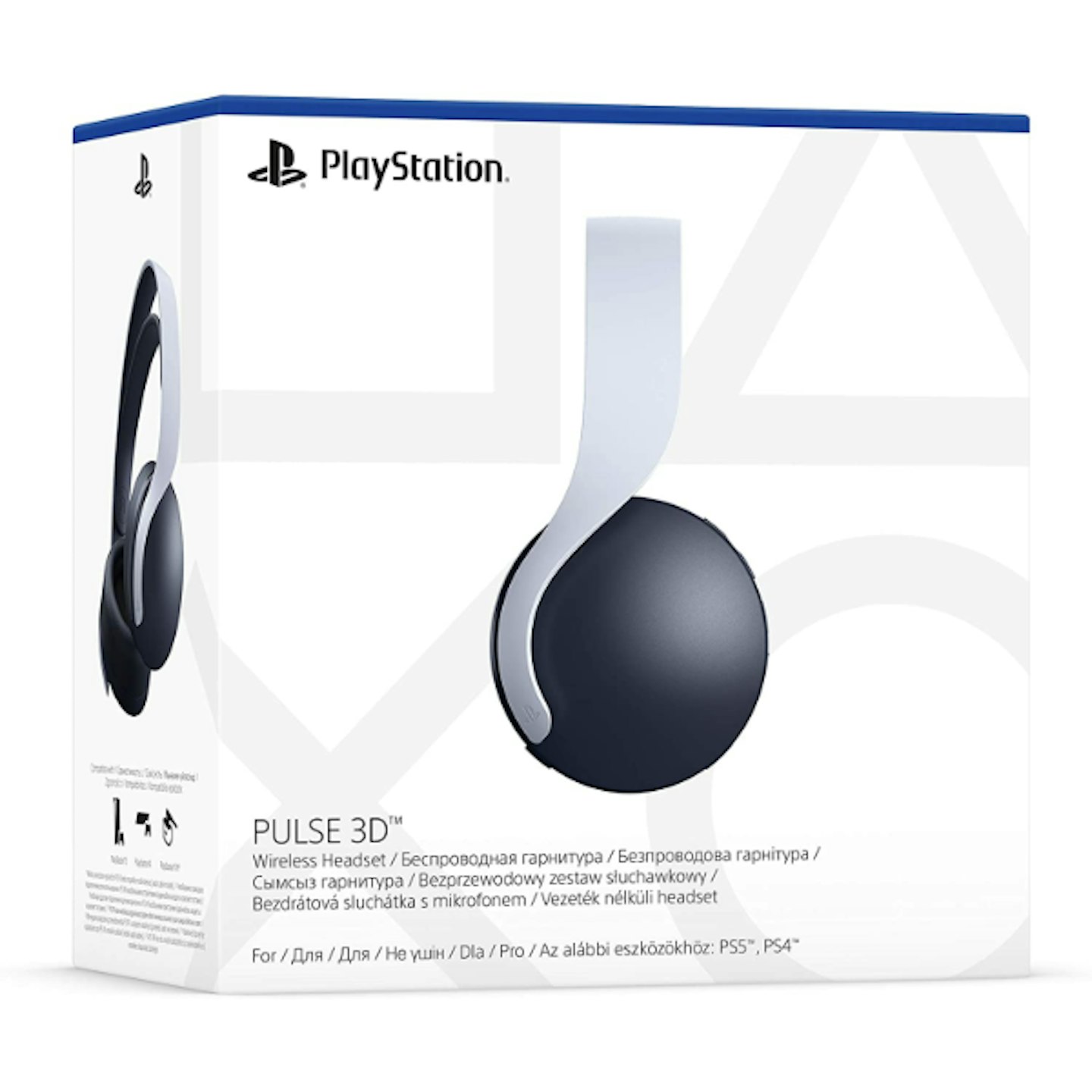
Pros: Excellent audio, wireless 3D sound, affordable
Cons: Uncomfortable, loud aesthetic
William Lobley is a Content Writer and reviewer for WhatsTheBest, specialising in technology, gaming, and outdoors. He also writes for Empire Online.
Subscribe to the What’s The Best Newsletter to keep up to date with more of the latest reviews and recommendations from Will and the rest of the What’s The Best team.
